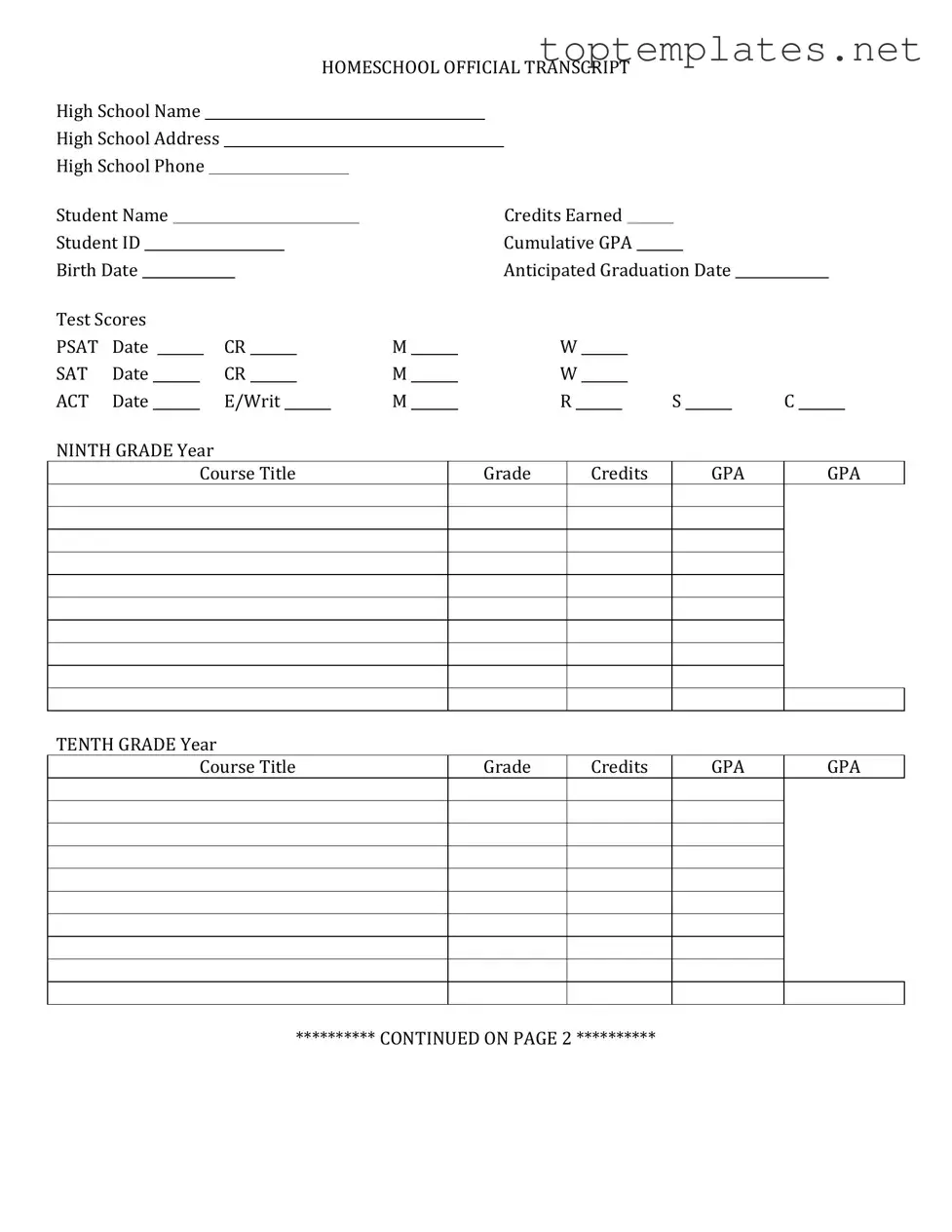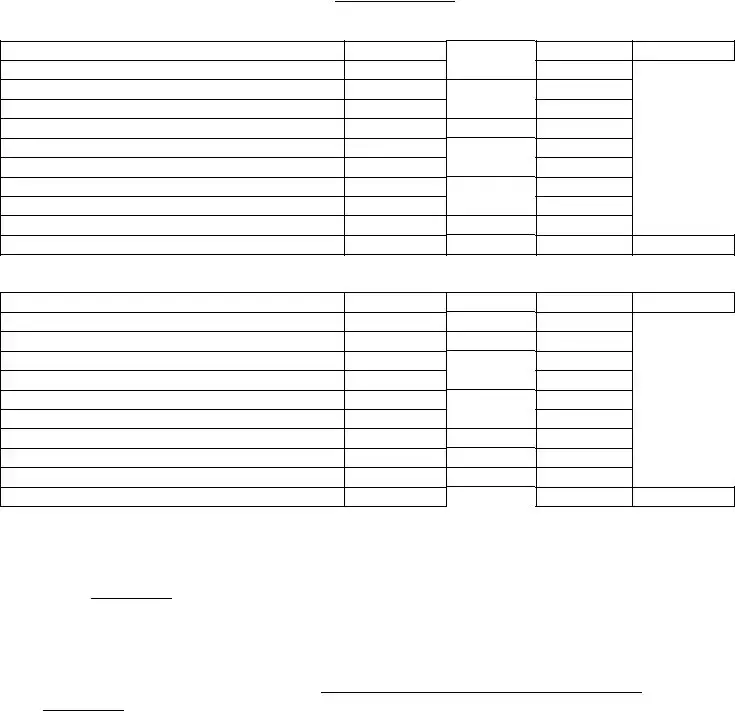What is a High School Transcript?
A High School Transcript is an official record provided by a high school that outlines a student's academic performance throughout their high school career. This includes grades for each course taken, credit earned, and often includes standardized test scores and information on awards or honors received.
Why do I need a High School Transcript?
High School Transcripts are typically required for college applications, scholarship applications, and sometimes for job applications. They serve as proof of your academic achievements and capabilities.
How can I obtain my High School Transcript?
To obtain your High School Transcript, you should request it directly from your high school's main office or counseling department. Most schools have a form you can fill out to request your transcript. Some schools might also offer an online request system.
Is there a fee for requesting a High School Transcript?
Some schools charge a fee for processing transcript requests. The amount can vary depending on the school and the method of delivery chosen (e.g., electronic or paper transcript). You should check with your high school for specific details regarding any applicable fees.
Can I see my High School Transcript before it's sent?
Many schools allow students to view a copy of their transcript before it is officially sent to colleges or employers. This allows you to verify the accuracy of your academic record. However, the official transcript often comes sealed and should not be opened by the student to remain official.
What is the difference between an official and an unofficial transcript?
An official transcript is sealed by the high school and sent directly to the requesting institution, ensuring its authenticity. An unofficial transcript may be a copy or printout that has not been sealed by the school and is typically used for the student's personal reference.
How long does it take to process a High School Transcript request?
The processing time for a transcript request can vary by school. It may take anywhere from a few days to a couple of weeks, especially during busy periods like the beginning or end of a school year. Plan ahead and request your transcript well in advance of any deadlines.
What should I do if there is a mistake on my High School Transcript?
If you find an error on your transcript, contact your high school immediately to have it corrected. Provide specific details about the mistake and any documentation you have to support your claim. The school will verify the information and make necessary corrections.
Can I request a High School Transcript if I graduated several years ago?
Yes, you can request a High School Transcript regardless of when you graduated. High schools are required to keep academic records for many years following a student's graduation. The process for obtaining your transcript is the same, though older records may take longer to retrieve.
Will my High School Transcript include disciplinary actions?
Typically, High School Transcripts focus on academic records and achievements and do not include information on disciplinary actions. However, policies vary by school, so it's best to inquire with your high school directly if this is a concern.


